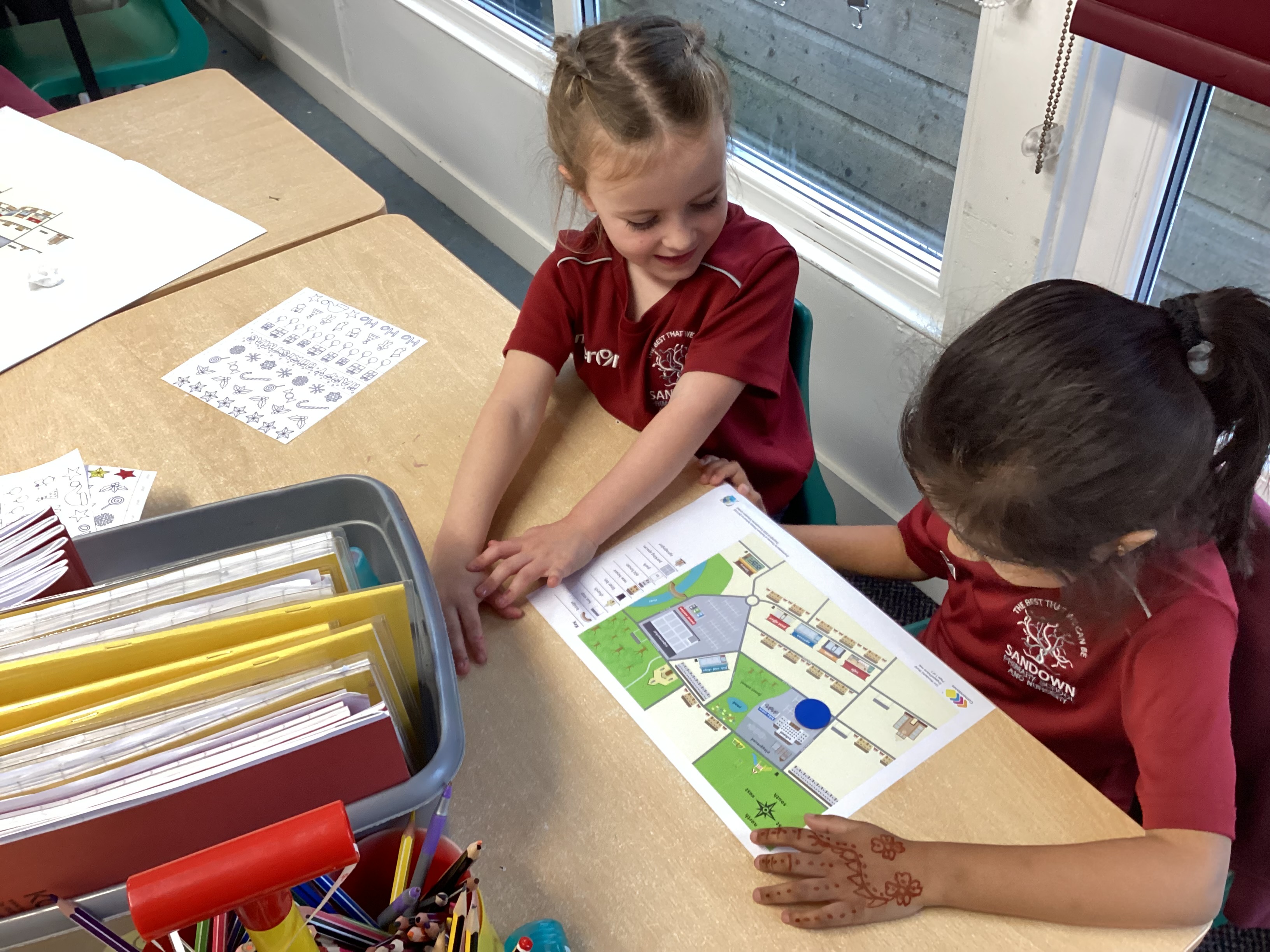Intent
To understand the Earth’s physical and human processes, how they are interconnected and how they change over time.
Implementation
At Sandown we follow an enquiry based and concept led approach to learning.
To read our Geography curriculum overview please click here
By the time they leave Sandown, children are equipped with the knowledge and skills needed to understand their local environment and the wider world. They deepen their understanding through asking and answering questions, collecting and analysing data and experiences of fieldwork.
The Geography Curriculum at Sandown Primary School has been developed to fuel pupils’ curiosity about the world in which they live. Through their lessons, they will discover more about our world and the diversity of the places, people and environments within it.
Where possible, our curriculum encourages a hands on approach, allowing the children to become Geographers using resources to develop their understanding and deepen their knowledge of their place in the world.
The Geography Curriculum is divided into 3 sections:



.JPG?_cchid=5ba6719fb6f584be714de6a5b34787c9)
.JPG?_cchid=aa13b601d4d847cf6946cf10f3e43aab)
.JPG?_cchid=aa3ca33f03042eca127f9d651a97d090)
.JPG?_cchid=5407bf19a1770db0915e6bf6297b977d)
.JPG?_cchid=c58097e9bf26810b1f974d5762142051)
.JPG?_cchid=07c160da9275d3d426ee9de968b5fa0a)